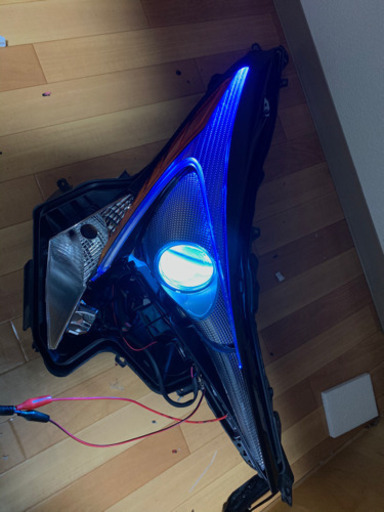
マイストア
変更
お店で受け取る
(送料無料)
配送する
納期目安:
03月11日頃のお届け予定です。
決済方法が、クレジット、代金引換の場合に限ります。その他の決済方法の場合はこちらをご確認ください。
※土・日・祝日の注文の場合や在庫状況によって、商品のお届けにお時間をいただく場合がございます。
K18PG ダイヤモンド リング 0.30CTの詳細情報
【商品コード】
260-005-818-3526
【商品名】
K18PG ダイヤモンド リング 0.30CT
【材質】
K18ピンクゴールド
【商品ランク】
中古品B
【対象】
レディース
【サイズ】
9.5号
【実寸サイズ】
最大幅約: 4.6mm
【使用石】
ダイヤモンド 0.30CT
【重さ】
約4.3g
【詳細説明】
新品仕上げ済み。
艶消しが甘くなっている箇所があります。 サイズ直しの跡があります。
■ご注意ください
■
※付属情報について:表記または、写真に掲載のないものは付属しておりません。
また、表記にないキズや汚れ等がある場合があります。
260-005-818-3526
【商品名】
K18PG ダイヤモンド リング 0.30CT
【材質】
K18ピンクゴールド
【商品ランク】
中古品B
【対象】
レディース
【サイズ】
9.5号
【実寸サイズ】
最大幅約: 4.6mm
【使用石】
ダイヤモンド 0.30CT
【重さ】
約4.3g
【詳細説明】
新品仕上げ済み。
艶消しが甘くなっている箇所があります。 サイズ直しの跡があります。
■ご注意ください
■
※付属情報について:表記または、写真に掲載のないものは付属しておりません。
また、表記にないキズや汚れ等がある場合があります。
ベストセラーランキングです
近くの売り場の商品
カスタマーレビュー
オススメ度 4.4点
現在、272件のレビューが投稿されています。

























